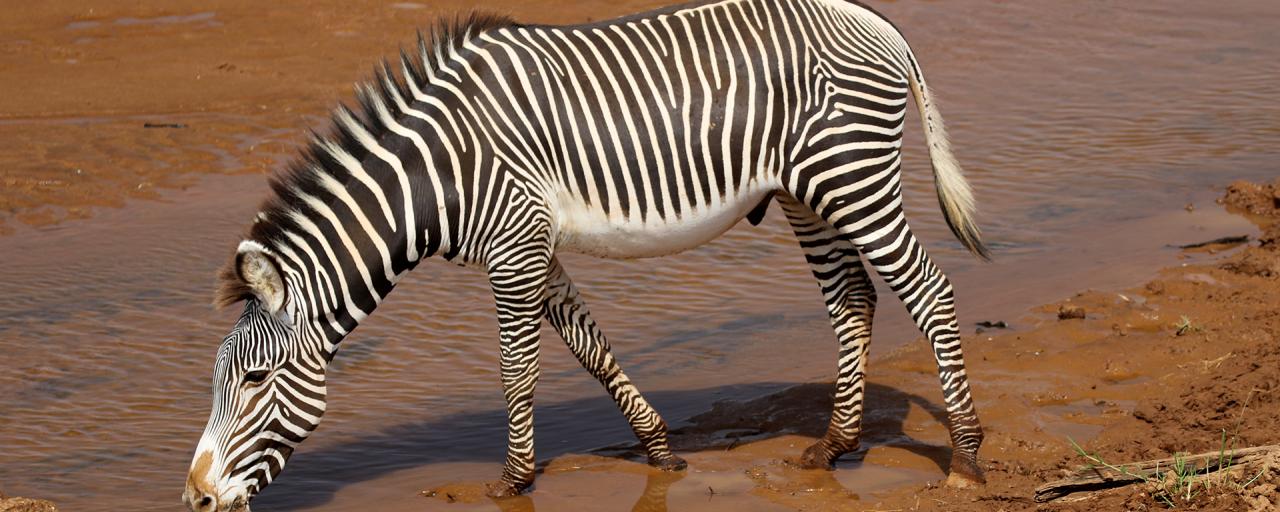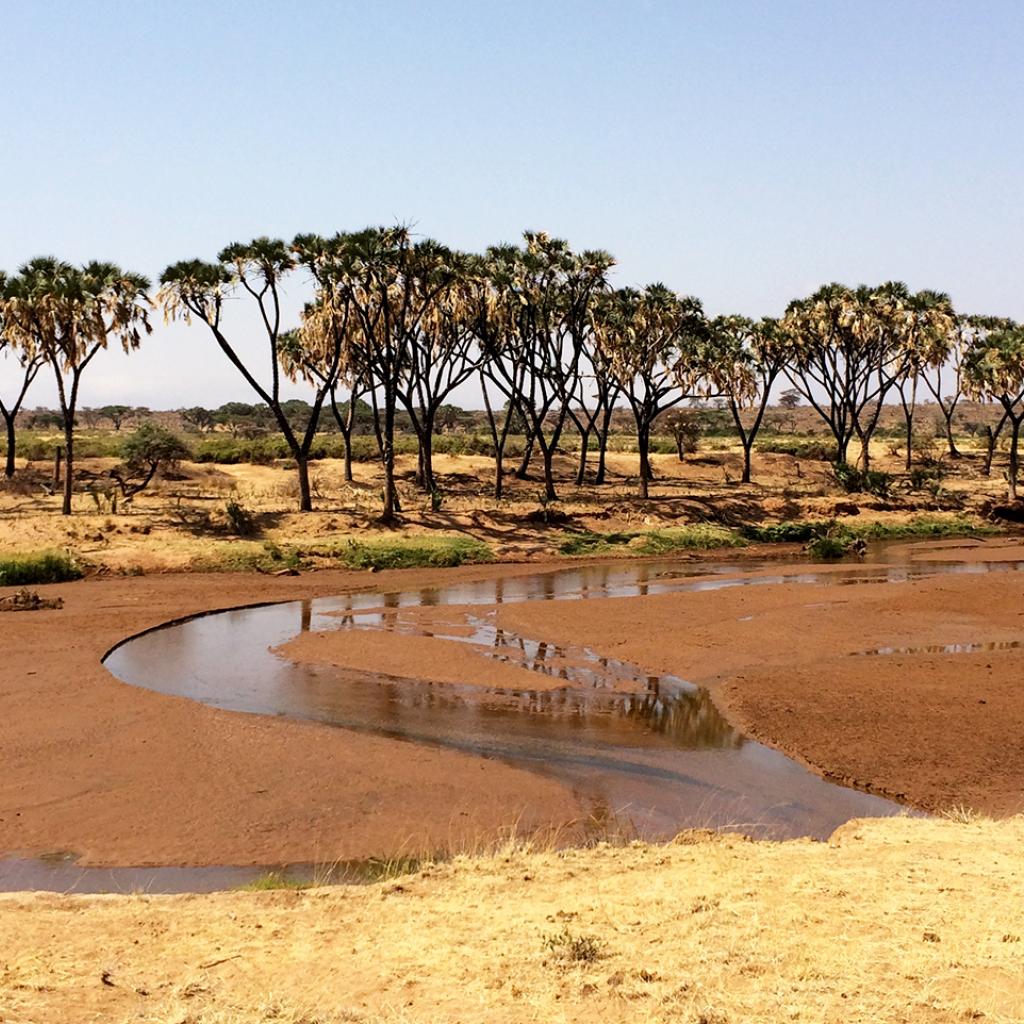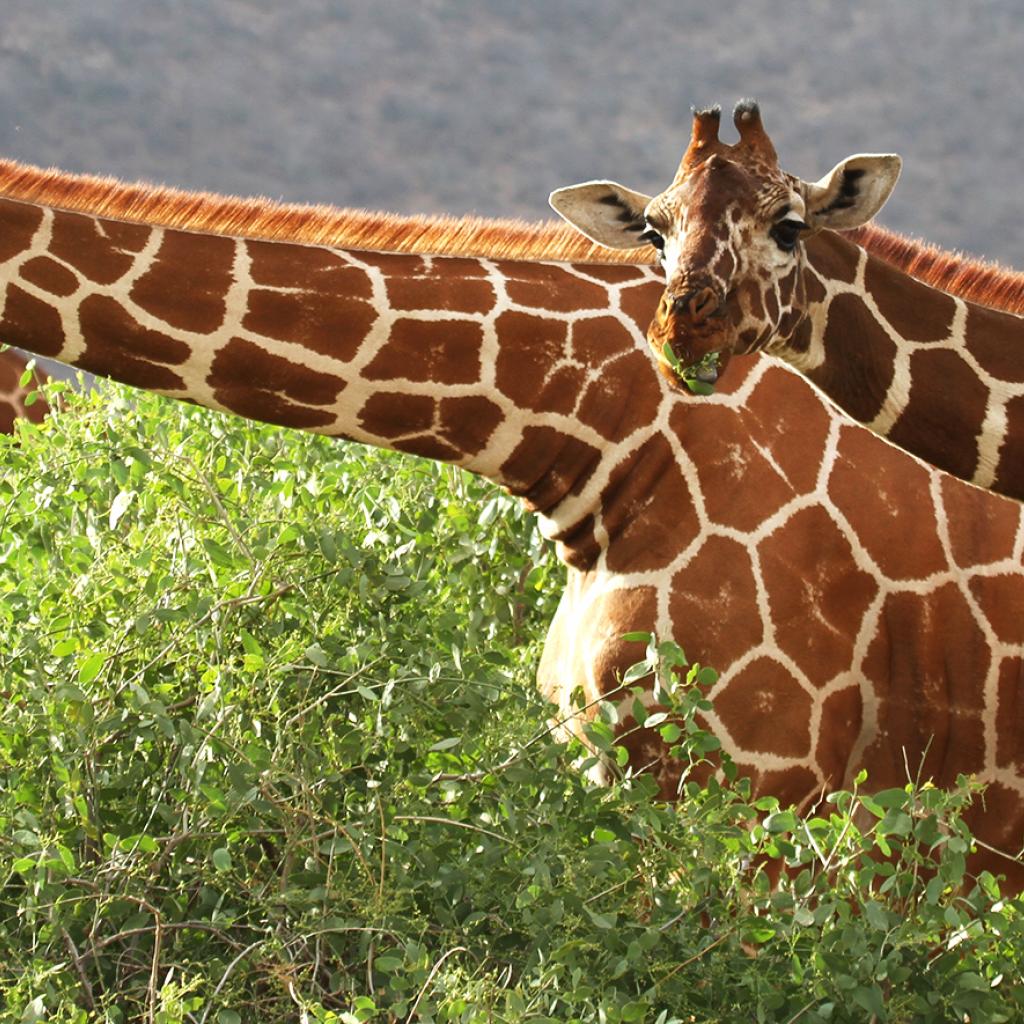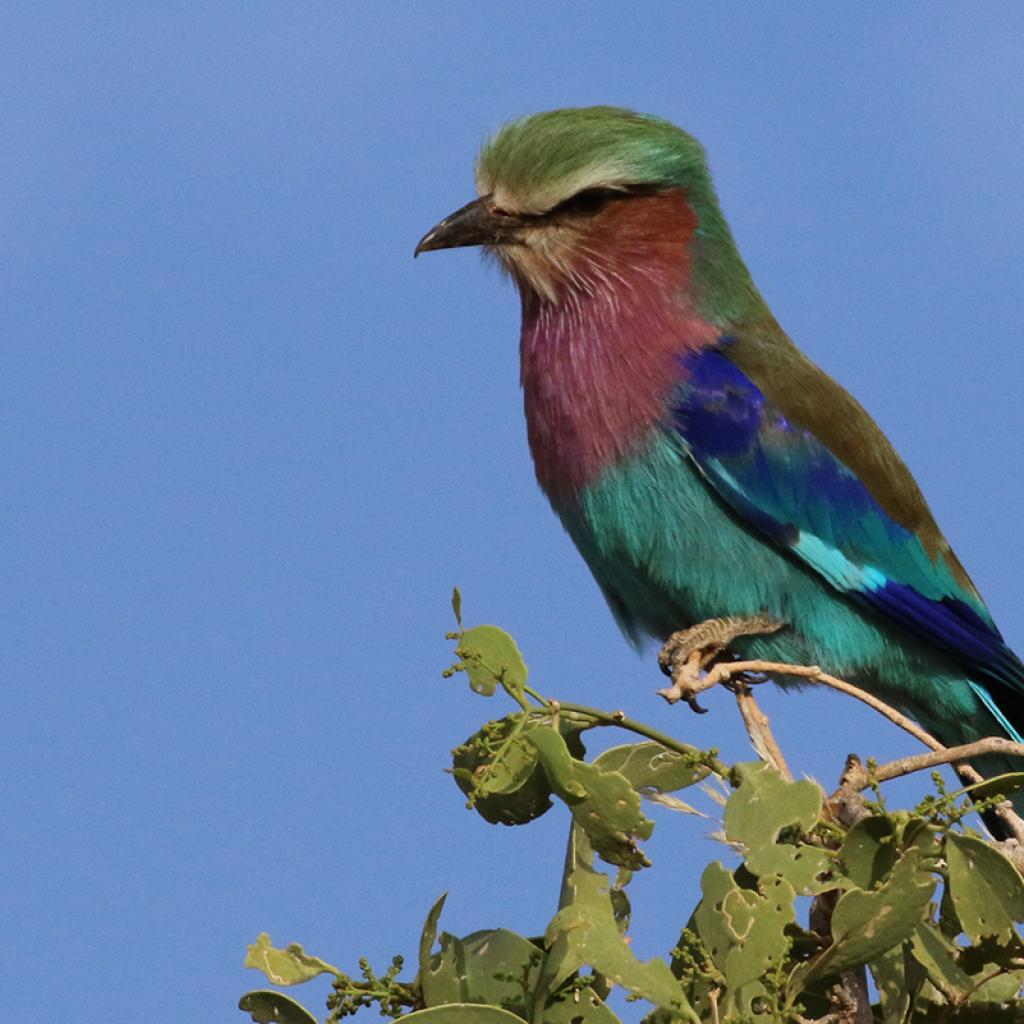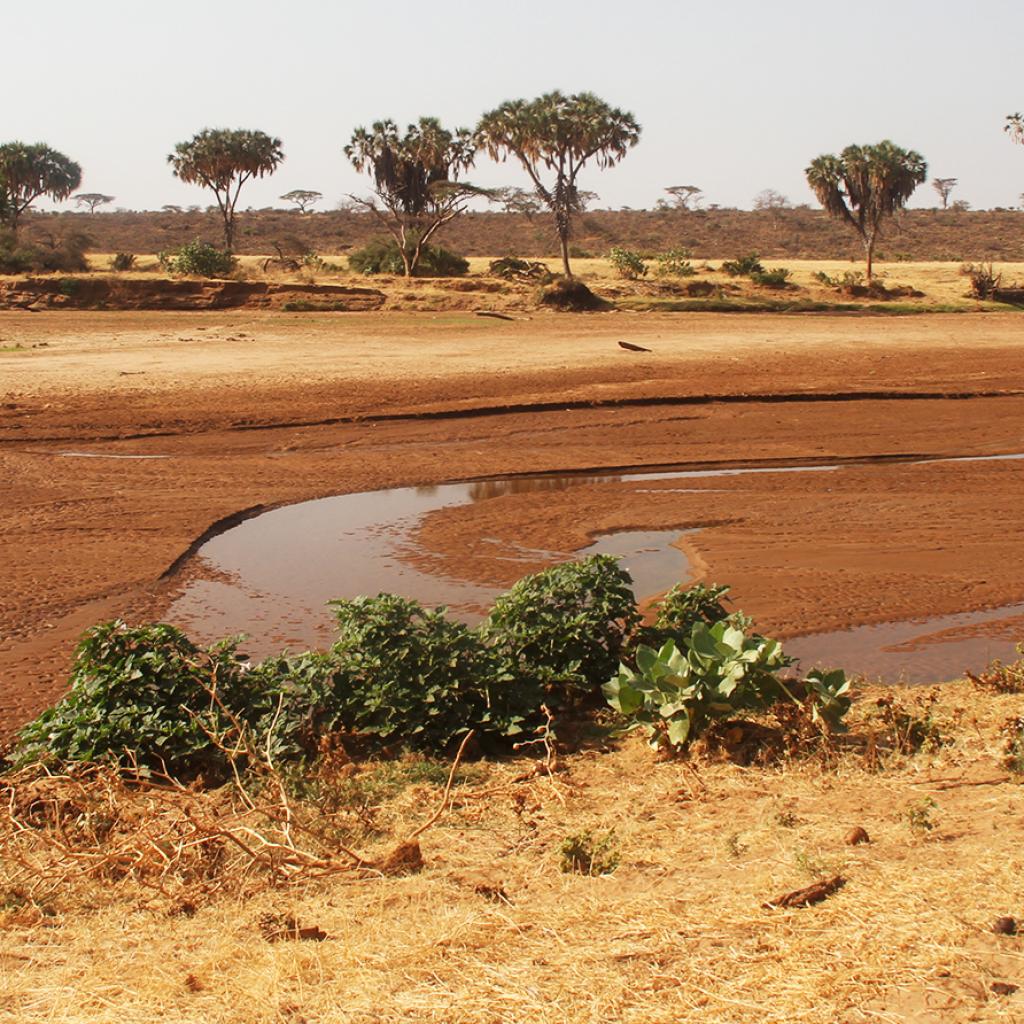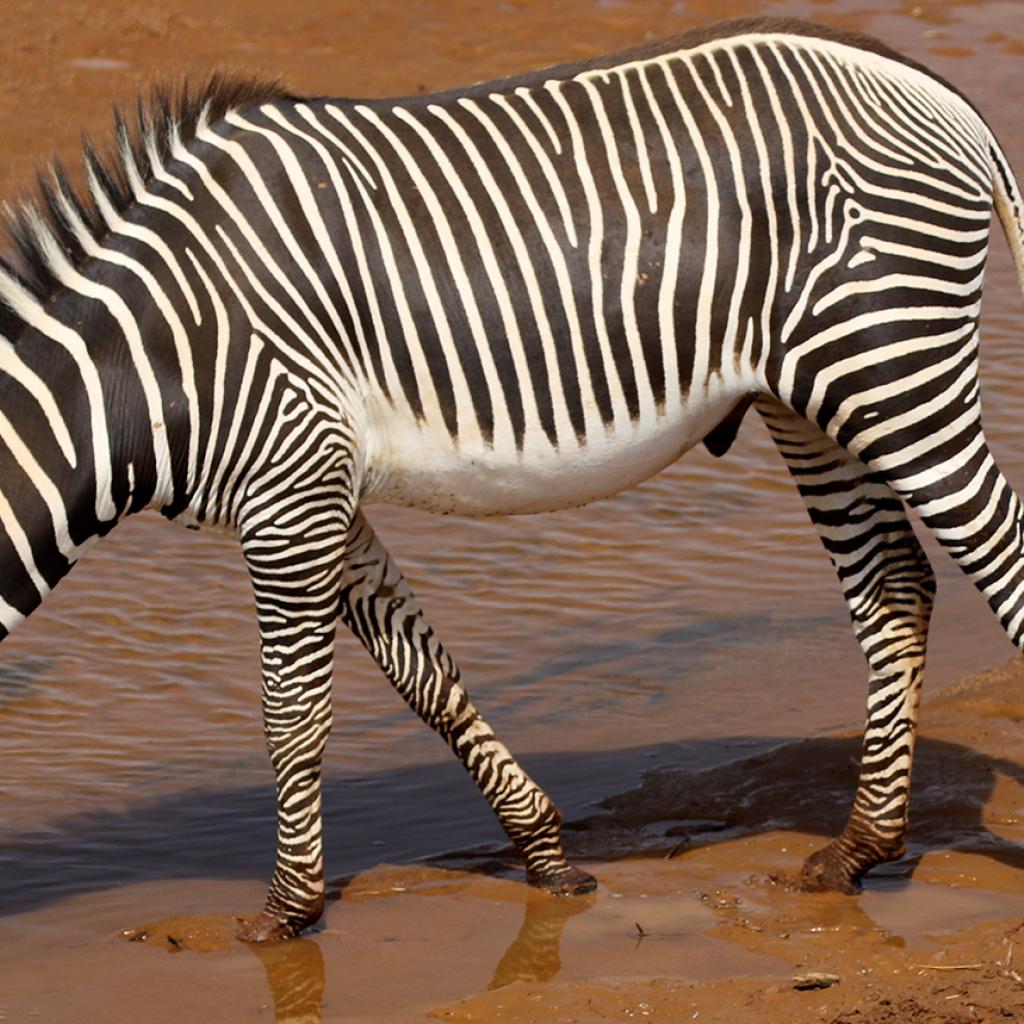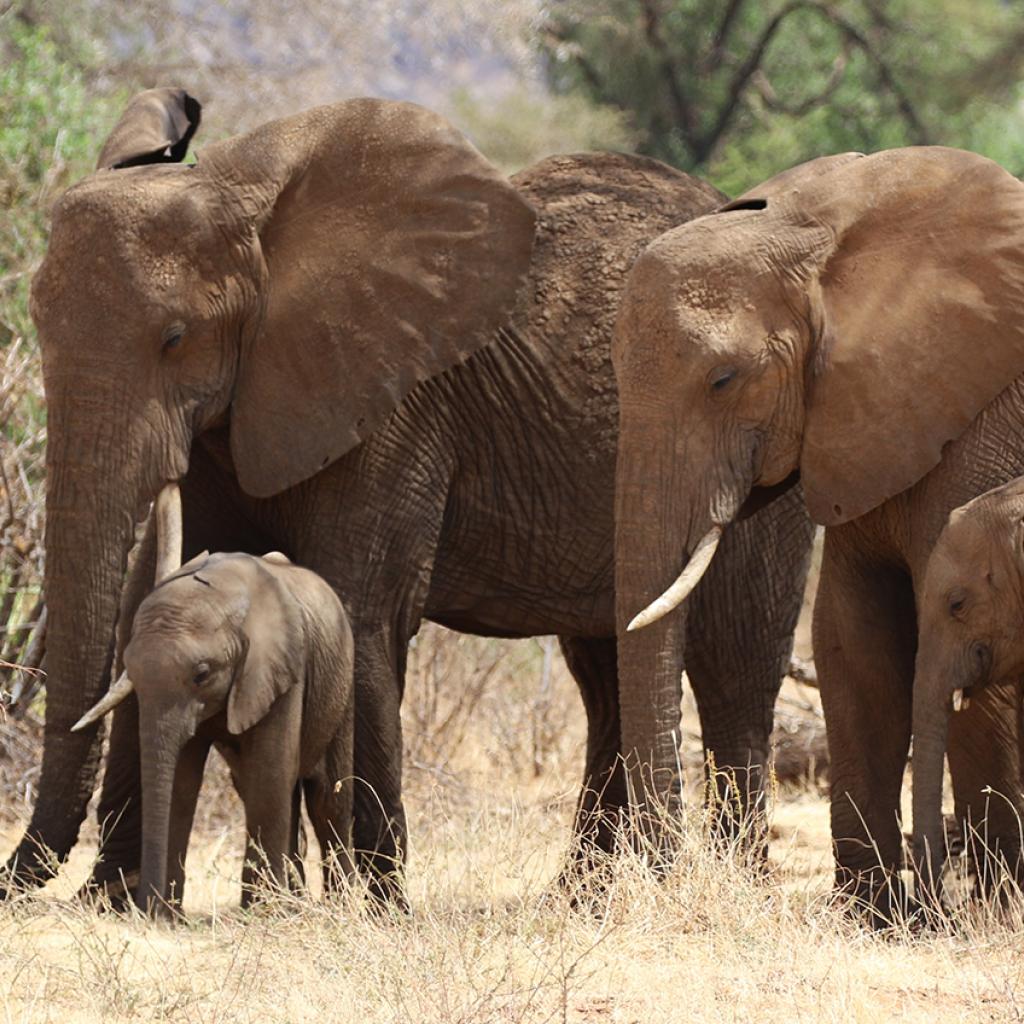Count Telekis Companion Von Holnel visited this area in the 60s of the XIX century and described it as an area teeming with wildlife, especially buffalos and rhinos.
In the following decades, it became a favorite hunting ground for many European hunters.
In 1948, the current territory of the Samburu National Reserve became a protected area within the larger Marsabit National Reserve.
Rodney Elliott, senior ranger of the National Reserve, suggested to the Samburu District that, in his opinion, the area North of the river Ewaso Ngiro should have become a reserve on its own.
Thanks to the foresight of the County Council, the grant, even economic, of some privates and the financing received by the Trust Elsa, The Samburu National Reserve was established in 1962.
In 1963, the then Minister of Local Governments decided that the National Reserve was to be administered by the African District Council of Samburu.
The Samburu National Reserve is one of the two areas, along with the Meru National Park, where conservationists George Adamson and Joy Adamson grew the famous lioness Elsa and then released her in the wild.
In this reserve in January 2002 it was observed an event that was incredible: a lonely lioness, who was given the name of Kamunyak, was spotted in the company of a puppy of fringed ears oryx, or East Africa Oryx; it was realized later that the lioness had adopted the puppy and took care of it as if it belonged to her.
In the two following years, the lioness adopted other oryx puppies but the reason for her behavior was never understood.
This reserve, characterized by an arid and semi-arid climate, is famous for the great variety of animals that can be seen and above all for the fact that some species can be observed only here, like the reticulated giraffe and Grevy zebra.


